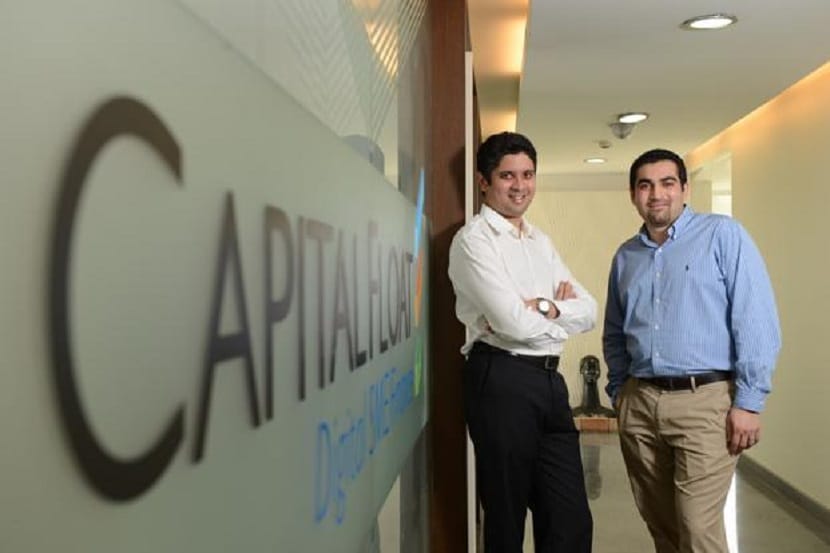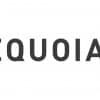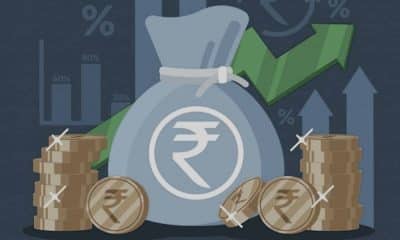Digital lending platform, Capital Float announced a series C equity funding of $45 million (Rs. 293 crores). The round was led by Silicon Valley-based Ribbit Capital, with participation from existing investors – SAIF Partners, Sequoia India and Creation Investments. Alongside this, the company had also raised more than $67 million (Rs. 437 crores) in in new debt lines from leading banks (including RBL Bank, IDFC Bank, Kotak Mahindra Bank) and NBFCs (including IFMR, Reliance Capital), bringing the total amount of fresh capital raised in the last 12 months to over $112 Million (Rs. 730 crores).
In addition to increasing to its geographical reach and improving its customer experience, Capital Float plans to utilise the investments to launch new credit products for SMEs across India. They are also looking to scale their hybrid marketplace model and deepen technology integrations with partner financial institutions.
Over the past year, Capital Float has lent to a diverse range of sectors including manufacturing, services, e-commerce, transportation, hospitality and retail. In the wake of demonetisation, the company expanded its lending business to target small merchants and kirana stores, delivering loans as small as Rs. 25,000.
Talking about Capital Float, Nick Shalek (Partner) from Ribbit Capital, which led the Series C, said “The company has achieved remarkable growth by delivering innovative products to small businesses and consumers, while at the same time providing attractive returns to investors on the platform.”
In a joint statement, Capital Float co-founders Sashank Rishyasringa and Gaurav Hinduja said, “We are growing at an exciting pace, currently originating over Rs. 200 crores in disbursals every month. Over the past year alone, we have disbursed loans of over Rs. 2,100 crores to 12,000 plus customers across 300 cities. Our proprietary technology and credit-scoring platform is now able to deliver loans in as fast as 3 minutes via a mobile app. Despite achieving such rapid growth, we have kept our NPAs to 2%, and are on track to reach profitability by the end of current fiscal year.”


















